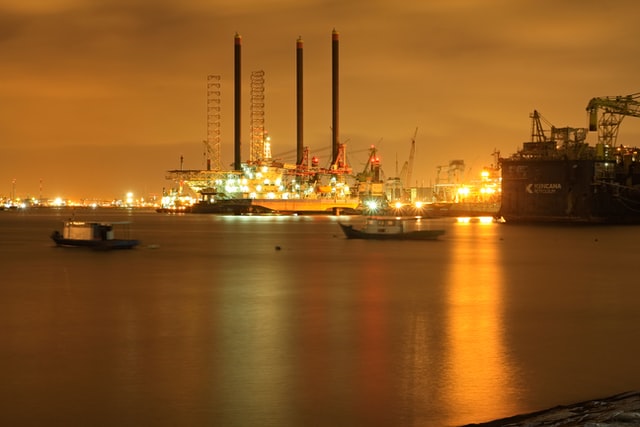EU (Sort Of) Agrees On Gas Price Cap, Now What?

Photo by Timothy Newman on Unsplash
Following the conclusion of the first day of the European Council meeting yesterday, it emerged that EU leaders had finally agreed on what could be called a price cap on Russian oil. It meant an about-face from Germany, which had opposed such action up until now. Italian PM Draghi delivered a speech chastising German leaders for preventing a price cap and continuing to support revenue for Russia. Many analysts expressed surprise that Germany would change its stance, and pointed to caveats and carve-outs in the plan. But the explanation might be quite a bit simpler.
Germany was working on filling up its gas storage ahead of winter over the last several months, showing a willingness to pay any price to secure supply. This is one of the reasons that gas prices have surged so much since summer. However, Germany has reached near storage capacity and is ahead of schedule in filling its tanks. Meaning that now Germany is in a position to slow down buying, and can “afford” to concede to a price cap.
Fuel is piling up
Additionally, the high prices paid in Europe have attracted so much supply that there are dozens of LNG ships idling off-shore in Europe waiting to deliver cargo. What LNG terminals there are – mostly in Spain and Portugal – are running at capacity and are overwhelmed. This has made the price of LNG shipping skyrocket lately, as Europe is effectively storing gas offshore in tanker ships.
Does this mean that Europe has enough gas for the winter? Still an open debate. The storage capacity is meant to tide the continent through the winter assuming a steady supply of gas through pipelines. Supply from Russia has been drastically reduced following the shut-off and subsequent explosions on Nord Stream 1. Russia does continue to send gas through Ukraine into Slovakia, and from there to the rest of Europe. Assuming there are no interruptions of Russian supply or no terrorist attacks on the Norwegian-German pipeline, then it’s likely Europe could make it through the winter. But that’s not a good assumption to make in the middle of a war.
The carve-outs
Germany wasn’t the only country to secure concessions. Hungary got an agreement that the price cap wouldn’t affect current contracts, and The Netherlands was worried about how the price cap would be financed. As a result, the final language is a bit vague. The price cap is “dynamic”, and expected to be adjusted regularly at the discretion of EU authorities. Respecting financing, the language is even vaguer, referring to things like “common European level solutions”.
That doesn’t mean that Germany’s main initial argument is wrong, however. Interfering in the market changes the incentive structure. Germany’s solution to higher prices was to pass costs to consumers in order to incentivize less consumption. Other countries argue that energy demand is inelastic because it’s a vital resource needed to heat homes and keep factories open. As mentioned previously, Germany’s economic situation is different from other major countries, meaning the ideal solution for them is different.
Despite calling the price cap an agreement at this point, the vagueness of the proposal is likely to lead to another round of debate about price levels and financing. Which is once again likely to split the north-south divide.
More By This Author:
Intraday Market Analysis – JPY Keeps Falling
Canadian Retail Sales And Future Of Commodity Currencies
Intraday Market Analysis – GBP Remains Under Pressure
Disclaimer: Orbex LIMITED is a fully licensed and Regulated Cyprus Investment Firm (CIF) governed and supervised by the Cyprus Securities and Exchange Commission (CySEC) (License Number 124/10). ...
more


